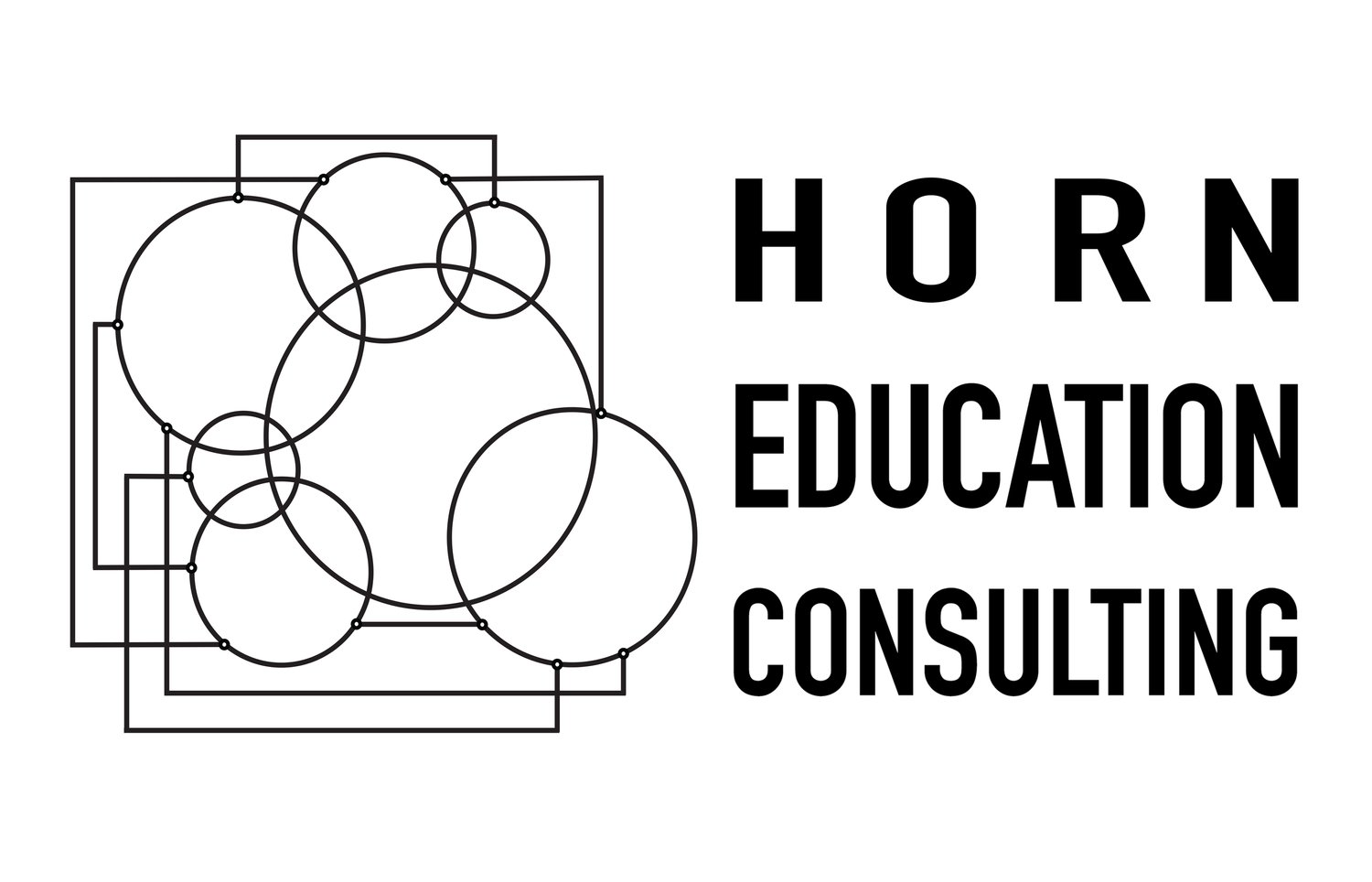Leverage the hidden talents of your faculty and staff.
There is more capacity than we know.
In March 1995, Torch Lytle was appointed principal of University City High School (UCHS), perceived for many years as the most disruptive and contentious high school in the City of Philadelphia. In his compelling book Working for Kids: Education Leadership as Inquiry and Invention (Rowman & Littlefield, 2010), Lytle details many of the steps that he undertook to transform the school. One of his guiding principles was to discover and leverage the formidable latent abilities of those already working in the building, “trusting that there was more capacity in the faculty and staff than any of us knew” (p. 55).
Arriving the Monday after spring break, Lytle spent most of each school day walking the hallways and dropping into classrooms. He learned that among the security officers and hallway monitors were a group of men and women who “cared about the kids and understood how important it was for them to get a decent high school education” (p. 46):
These were the ones who knew the kids best. Some were from the community; others knew the kids’ brothers, cousins, aunts, and grandmothers. They were the ones kids confided in and went to for help and counsel. And they had an array of life experiences–former state cop, professional musician, leader in the Masons, Sunday school teacher, closet intellectual–that hadn’t been valued. Prior to my arrival, their roles had been as enforcers, clearing the hallways, chasing kids to class, breaking up fights, escorting miscreants to the discipline office. My sense was that this group needed to be near the center of the school’s counseling and caretaking efforts. (pp. 46-47)
In this way, part of Lytle’s redesign of UCHS meant identifying the people that kids trusted most and putting them as close to the students as possible. More generally, he attempted to learn about and put to use “the many talents and capabilities of every employee, regardless of formal job titles and position descriptions” (p. 57):
Two of our security officers who were also outstanding professional musicians volunteered to work with our music teacher in developing a jazz band. Our school psychologist had a web design business; we built a high-end computer lab, he began teaching web design courses, and soon we had a student-operated small business of our own. A computer teacher started a Cisco-certified computer network training program and a computer building and repair shop; her students operated the business and were paid as hourly employees. The list goes on, but the moral of the story is clear. Learning about these hidden talents and then encouraging faculty and staff to use their talents for the benefit of our students was a quick and powerful way to build our capacity. (p. 51)
[Image from 10eighty.co.uk. Article copyright 2015 by Peter Horn, Ed.D. All rights reserved.]


